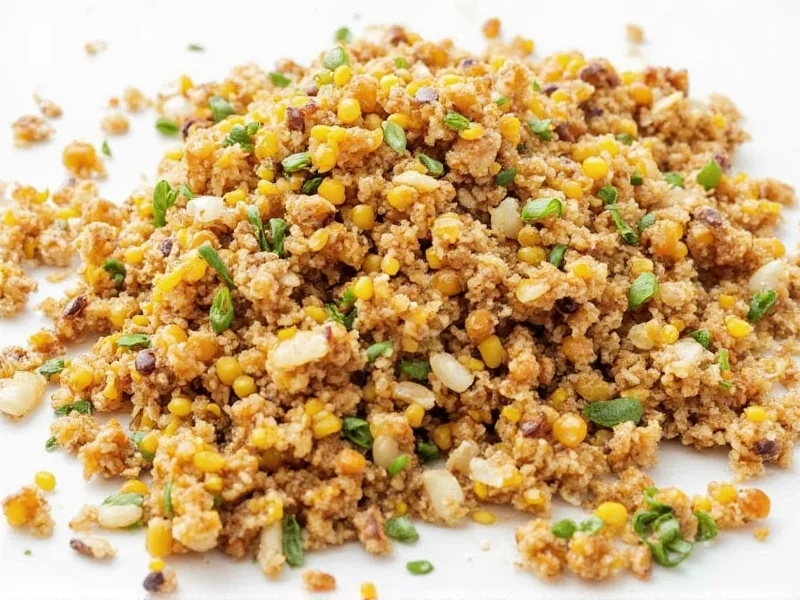Understanding what are chipotles begins with recognizing their transformation process. Fresh jalapeño peppers undergo smoke-drying for several days, which concentrates their flavor while adding complex smoky notes. This ancient Mesoamerican technique predates European contact and was originally used for food preservation.
The Transformation Process: From Jalapeño to Chipotle
The journey from fresh pepper to chipotle involves careful selection of ripe red jalapeños, which are then smoke-dried using wood fires—traditionally oak or hickory. This slow process, taking 3-7 days, reduces moisture content from 90% to about 10%, creating the characteristic wrinkled appearance and intensified flavor profile.
Many people wonder about the difference between chipotle and jalapeño. While both come from the same Capsicum annuum plant species, chipotles represent the smoked, dried version of fully ripened red jalapeños. Fresh jalapeños are green, crisp, and have a grassy flavor, while chipotles develop complex smoky, earthy notes with subtle fruitiness.
Chipotle Pepper Heat Level and Flavor Profile
When exploring what are chipotles made from, understanding their heat level is essential. Chipotles typically measure 2,500–8,000 Scoville Heat Units (SHU), placing them in the medium-heat category. For reference, this makes them hotter than poblano peppers (1,000–2,000 SHU) but milder than habaneros (100,000–350,000 SHU).
| Chipotle Form | Flavor Characteristics | Heat Level | Common Uses |
|---|---|---|---|
| Canned in Adobo Sauce | Smoky, tangy, slightly sweet | Moderate (5,000-8,000 SHU) | Sauces, marinades, stews |
| Dried Whole | Intensely smoky, earthy | Moderate-High (6,000-8,000 SHU) | Rehydrated for sauces, moles |
| Chipotle Powder | Concentrated smoke, slightly bitter | Moderate (2,500-5,000 SHU) | Rubs, spice blends, seasoning |
| Chipotle Puree | Smooth, balanced smoke and heat | Moderate (4,000-6,000 SHU) | Dressings, dips, soups |
Common Forms of Chipotles and Their Culinary Applications
When learning how to use chipotle peppers in adobo, it's important to understand the different available forms. The most accessible variety in North American grocery stores is chipotles canned in adobo sauce—a tangy tomato-based sauce with vinegar, garlic, and spices. This preparation makes them ready to use immediately in recipes.
Chefs often ask about chipotle vs smoked paprika when seeking alternatives. While both provide smoky flavor, chipotles deliver actual heat and more complex fruit notes, whereas smoked paprika offers smoke without significant heat (unless labeled “hot smoked paprika”). For authentic chipotle flavor, nothing substitutes completely, but a combination of smoked paprika and cayenne can approximate the profile.
Nutritional Profile and Health Considerations
Examining chipotle pepper nutritional benefits reveals they contain capsaicin (the compound responsible for heat), vitamin C, vitamin A, and various antioxidants. One canned chipotle pepper (15g) typically provides:
- 10-15 calories
- 1g dietary fiber
- 20% of daily vitamin C needs
- 15% of daily vitamin A needs
- Traces of iron and potassium
The capsaicin in chipotles may offer metabolic benefits and pain relief properties, though scientific evidence remains preliminary. As with all spicy foods, moderation is key, especially for those with digestive sensitivities.
Practical Usage Tips for Home Cooks
When incorporating chipotles into your cooking, start with small amounts—typically 1-2 peppers or 1-2 teaspoons of adobo sauce per recipe—then adjust to taste. The adobo sauce contains significant flavor, so include it when recipes call for “chipotles in adobo.” For even heat distribution, blend chipotles with a small amount of liquid before adding to dishes.
Proper storage extends shelf life: transfer unused chipotles in adobo to an airtight container and refrigerate for up to 4 weeks, or freeze in ice cube trays for longer storage. Dried chipotles keep for 6-12 months in a cool, dark place.
Finding Quality Chipotle Products
When considering where to buy chipotle peppers, check the international or Mexican food section of most supermarkets. Quality indicators include:
- Peppers that appear moist (not dried out) in adobo sauce
- Deep reddish-brown color (avoid grayish tones)
- Ingredients listing simple components (peppers, tomato, vinegar, spices)
- No artificial preservatives or colors
Specialty food stores and online retailers often carry higher-quality options with traditional preparation methods. For authentic Mexican chipotles, look for brands specifying “Morita” (the most common variety) or “Meco” (a larger, milder type).











 浙公网安备
33010002000092号
浙公网安备
33010002000092号 浙B2-20120091-4
浙B2-20120091-4